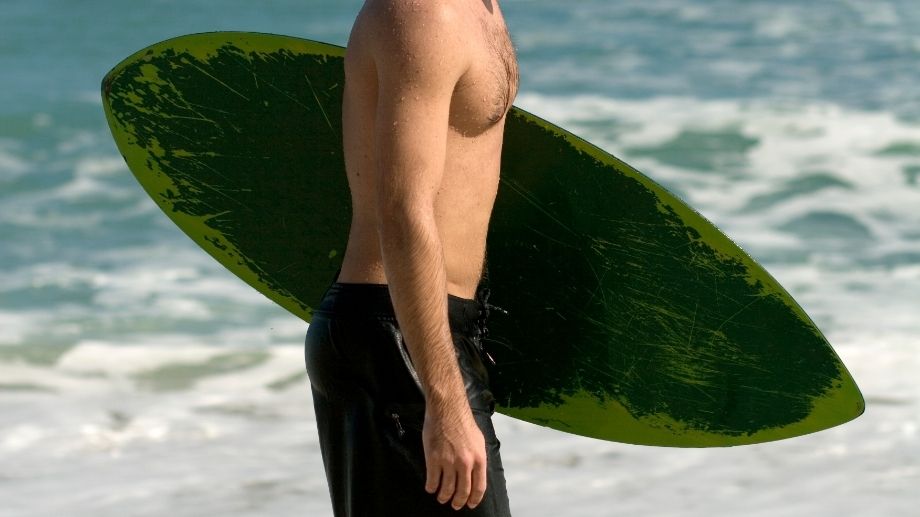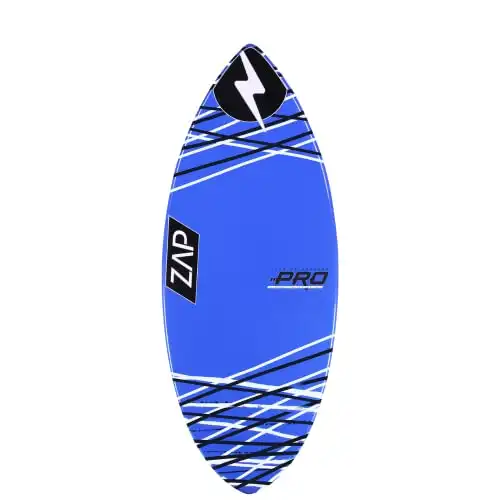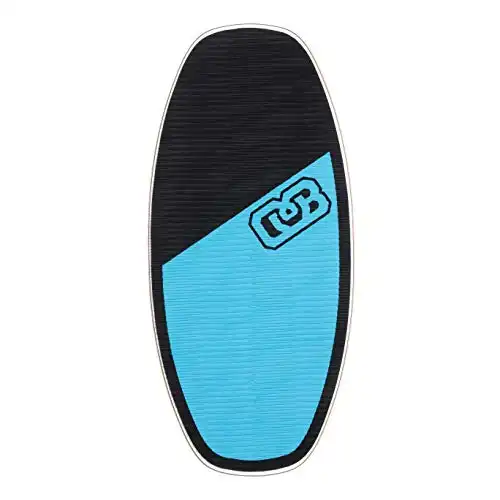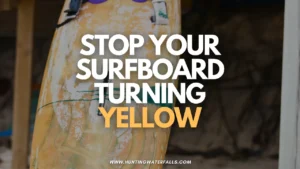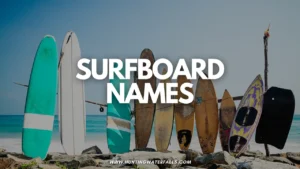If you’re in the market for a new skimboard, you know it can be confusing knowing what type of board to pick with so many options available — wood, fiberglass, carbon fiber, e-glass.
Which material is best for a skimboard? and which material offers the best value for money?
The best material for a skimboard is carbon fiber. It’s the lightest, most rigid, and most buoyant material — making it great for skimming fast, gliding long distances, and catching waves. Fiberglass boards are the next best with the worst material being wooden boards. Wooden boards are small, heavy, flexible and not very buoyant – fine for skimming on wet sand but terrible for riding waves.
Choosing the right board and right material can be the difference between shredding waves and catching a face full of sand — I learned the hard way so you don’t have to.
In this article, I’ll teach you the pros and cons of each type of skimboard and give recommendations of the best brands of skimboard.
What Material Is Best For Skimboards?
The best skimboards for catching waves or skimming at high speeds and long distances are those with a foam core and a carbon fiber outer shell.
To better understand why, it’s important to understand what factors make skimboards work optimally and what materials are best suited for the job.
The Size Of The Board
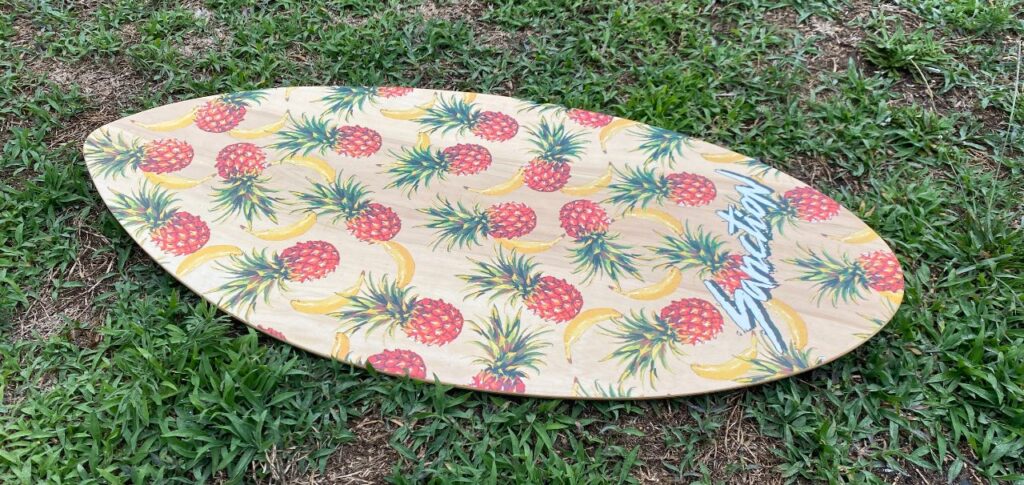
One of the biggest influences into how far you'll skim is the size of the board you're riding.
The larger the surface area of your skimboard the more distributed your weight is, which allows you to skim further.
Foam core boards (carbon fiber, fiberglass, e-glass, epoxy etc) all tend to be much larger than wooden boards which means they can skim further.
The Rigidity Of The Material
If a board is flexible then energy will be transferred from the forward motion you create when running into the flexibility and movement of the board itself.
Rigid boards are able to reach higher speeds and maintain that speed much better than those that are more flexible.
It may be surprising but foam boards are actually much more rigid than wooden boards, thanks to a solid outer layer of epoxy, fiberglass, or carbon fiber.
Carbon fiber is the lightest but also the most rigid material, which is why it's used on high-end skimboards.
The Buoyancy Of The Material
Having a board that’s able to float well is important if you want to skim fast and glide for long distances, but its especially important as you begin to lose speed.
If your board isn’t buoyant enough to support your weight, you won’t be catching waves any time soon.
The material of your board plays a big role.
First off, foam boards are more buoyant than wooden boards. They have a lightweight, super-buoyant foam core that just floats much better than wood.
The heavier you are the more buoyant you want your board to be. Choosing the right thickness board can be tricky, but luckily there are only 3 main options – 5/8″, 3/4″ tapered to 5/8″ on the rails and 3/4″. Click here to learn exactly how to pick the right sized skimboard.
Foam boards also typically come in larger sizes than wooden boards. If your board’s too small to distribute and support your weight comfortably, learning how to skimboard is going to be a massive challenge (it’s tough enough already).
The Durability Of The Material
One big advantage of wooden skimboards is in regards to durability. You’d be hard pressed to break, crack, or snap a wooden board.
But that’s not to say that foamies are fragile. Far from it, in fact.
Foam skimboards are made with water-resistant, closed-cell foam — meaning they’re okay to use even when dinged or dented. But they feature a tough exterior made from fiberglass, epoxy or carbon fiber that makes them extra strong and able to withstand the punishment regular skimboard deals to them.
You’ll still want to repair your board if it gets damaged, but you don’t have to end your session early like you would with a surfboard (which are made with lighter, more absorbent foam).
Carbon fiber boards are even more resilient than fiberglass boards.
Is Fiberglass Good For Skimboards?
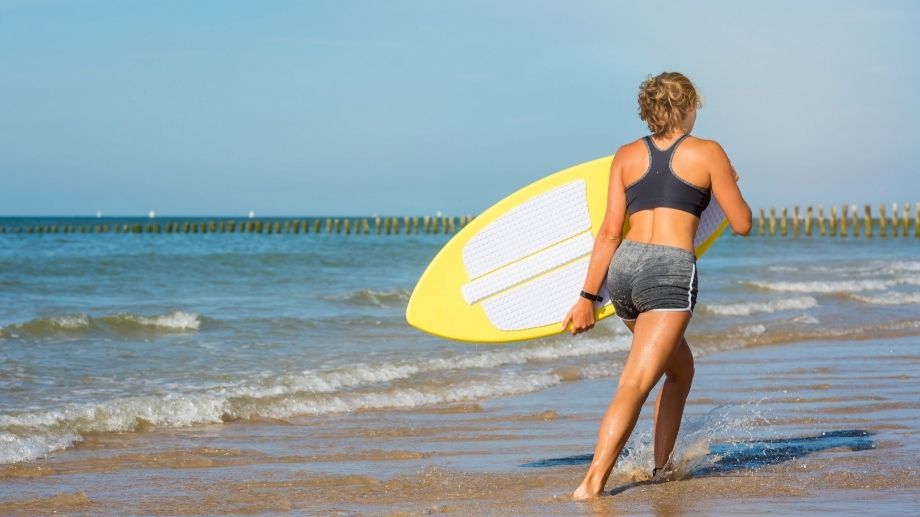
Fiberglass boards are more buoyant and rigid than wooden boards, but not as light or rigid as carbon fiber boards — placing them comfortably in the good but not great category.
Fiberglass skimboards are often great beginner skimboards because they have the same size and shape of a carbon fiber board but are made from slightly cheaper and slightly less durable materials. But this means they come in at a reduced cost which is great when you're just getting into the sport.
The increased buoyancy and rigidity make them perfect for skimming the shore and catching waves, but are outshined by top-end carbon fiber boards on both fronts.
Fiberglass skimboards are good mid-range boards and the best type of skimboard for beginners looking to start catching waves without breaking the bank.
Are Carbon Fiber Skimboards Good?
Carbon fiber skimboards are the best type of skim board for catching waves, skimming fast, and skimming long distances.
They share the same type of foam core as fiberglass boards, but are coated in high-end carbon fiber — which makes them more durable, more rigid, and lighter weight than both fiberglass and wooden boards.
The only downside is that they’re also the most expensive. But if shredding the gnarliest waves is your goal, a carbon fiber board is your best bet.
Are Wooden Skimboards Good?
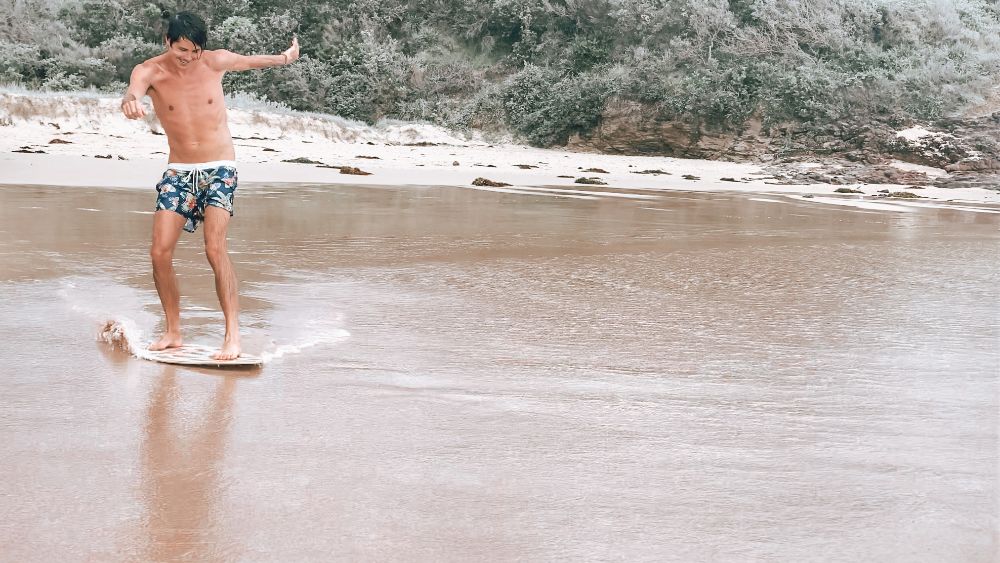
I'll be real with you – wooden skimboards are the worst kind of skimboards you can use. Their only redeeming quality is they are dirt cheap and quite durable.
Compared to foamies, wooden skimboards are pretty subpar. They’re generally too heavy to skim fast, too small and dense to float well, and too flexible to maintain speed.
That being said, they do have a couple niche uses.
For new skimboarders who don’t want to spend a few hundred bucks on their first board, a wooden board makes a decent choice. They work well enough to learn the basics until you can upgrade (you’ll definitely need to upgrade pretty soon though).
Flatland skimboarding, skimming non-coastal water like rivers and lakes, is better suited to a wooden board — especially when rails, ramps, and other obstacles are involved. Their increased durability and the fact that you're having shorter skims in shallower water make them great for doing tricks. They are even different skimboard shapes for different kinds of skimboarding.
But for the average skimboarder, skimming the shoreline and hoping to catch waves, wooden boards are pretty lame.
What Is A Skimboard Made Out Of?
In general, there are two main types of skimboards, wood and foam.
Wood boards are typically made of birch or mahogany plywood, but other types of wood aren’t uncommon.
Foam boards have a closed-cell, high-density foam core surrounded by a solid outer shell made of fiberglass and epoxy.
Fiberglass shells can be weaved tighter or looser.
Loose-weave boards are a bit more flexible and less prone to snapping. Tight-weave boards are more likely to snap (it’s still really rare) but are more rigid, and faster as a result.
Carbon fiber is a premium type of fiberglass that’s even more rigid, lighter weight, and more durable.
What Is The Difference Between Wood and Fiberglass Skimboards?
When comparing wood and fiberglass skimboards, the biggest differences are in performance, uses, and price.
Wood boards are typically smaller, less buoyant, and less rigid than foamies, making them pretty terrible for catching waves.
They’re decent for inland skimming and the best choice for grinding rails and ramps while flatland skimboarding.
Fiberglass boards are larger, more buoyant, and more rigid than wooden boards, making them perfect for skimming fast, skimming long distances, and catching waves.
When it comes to price, wooden boards will set you back $30 to $60 and foamies can run $200 to $600 or more.
What Is A Good Skimboard Brand?
The best skimboards are made with care and knowledge by people who love the sport — not mass produced in some factory by a faceless corporation.
A few of my favorite brands making sick, high-performance boards are:
- Exile Skimboards. High-end board makers from San Clemente. They started out making boards for their own use and have blown up since going public in 2002.
- Zap Skimboards. Legends from Florida, handcrafting every board they’ve made since 1983.
- Victoria Skimboards. Handcrafted with love in the USA. Backed by a huge team of pros.
- DB Skimboards. Two dudes who started out handcrafting boards in a garage in Washington. Now some of the biggest and best boardmakers around. Mainly focused on wooden boards for flatland skimming.
Made for durability and performance at an affordable price the pro board features a continuous core, e-glass wrap and TuffCoat gloss finish.
One of the most versatile boards on the market. Constructed with a 5-ply hard rock maple core with a grippy EVA foam top and slippery HPL base. Made locally in the USA.
Medium - 41.4"x19.63"
Large 43.4"x20.5"
Final Thoughts
Choosing the best material for your skimboard can make a huge difference in how your board performs.
- Wooden boards are small, not very buoyant, and flexible. They’re not good for catching waves but are okay for inland skimming.
- Fiberglass boards are more buoyant and more rigid than wooden boards, but less than carbon fiber boards. They’re great mid-range boards for catching waves.
- Carbon fiber boards are the cream of the crop of skimboards. They’re the lightest, most rigid, and float the best. If you’re serious about skimboarding, you’ll need a carbon fiber board eventually.

